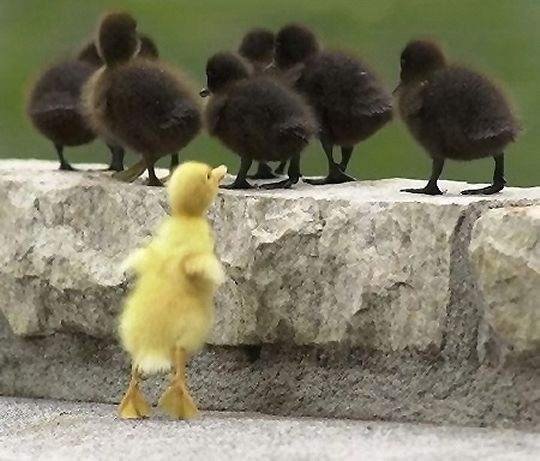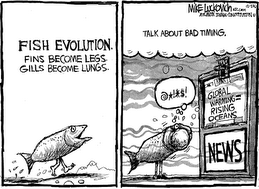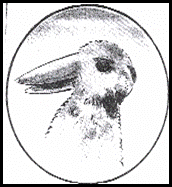
http://members.optusnet.com.au/~charles57/Creative/Brain/kekule.htm
Friedrich August von Kekule had a dream of whirling snakes, of the structure of benzene - the organic chemical compound made up of a ring of carbon atoms. He reported the dream in the following words many years after it took place, in a speech at a dinner commemorating his discovery. http://en.wikipedia.org/wiki/Benzene
Friedrich August von Kekule had a dream of whirling snakes, of the structure of benzene - the organic chemical compound made up of a ring of carbon atoms. He reported the dream in the following words many years after it took place, in a speech at a dinner commemorating his discovery. http://en.wikipedia.org/wiki/Benzene
"I turned my chair to the fire [after having worked on the problem for some time] and dozed. Again the atoms were gamboling before my eyes. This time the smaller groups kept modestly to the background. My mental eye, rendered more acute by repeated vision of this kind, could not distinguish larger structures, of manifold conformation; long rows, sometimes more closely fitted together; all twining and twisting in snakelike motion. But look! What was that? One of the snakes had seized hold of its own tail, and the form whirled mockingly before my eyes. As if by a flash of lighting I awoke... Let us learn to dream, gentlemen.
Arthur Koestler (in "The Act of Creation") called this incident "probably the most important dream in history since Joseph's seven fat and seven lean cows.
The story is interesting to students of creativity for two reasons, first, because of the nonconscious state in which it is alleged to have occurred; second, because of the "remote" analogy that Kekule used.
From "Creativity, Beyond the Myth of Genius" by Robert Weisberg published by W. H. Freeman 1992 Last updated: 2nd October 1996




No comments:
Post a Comment